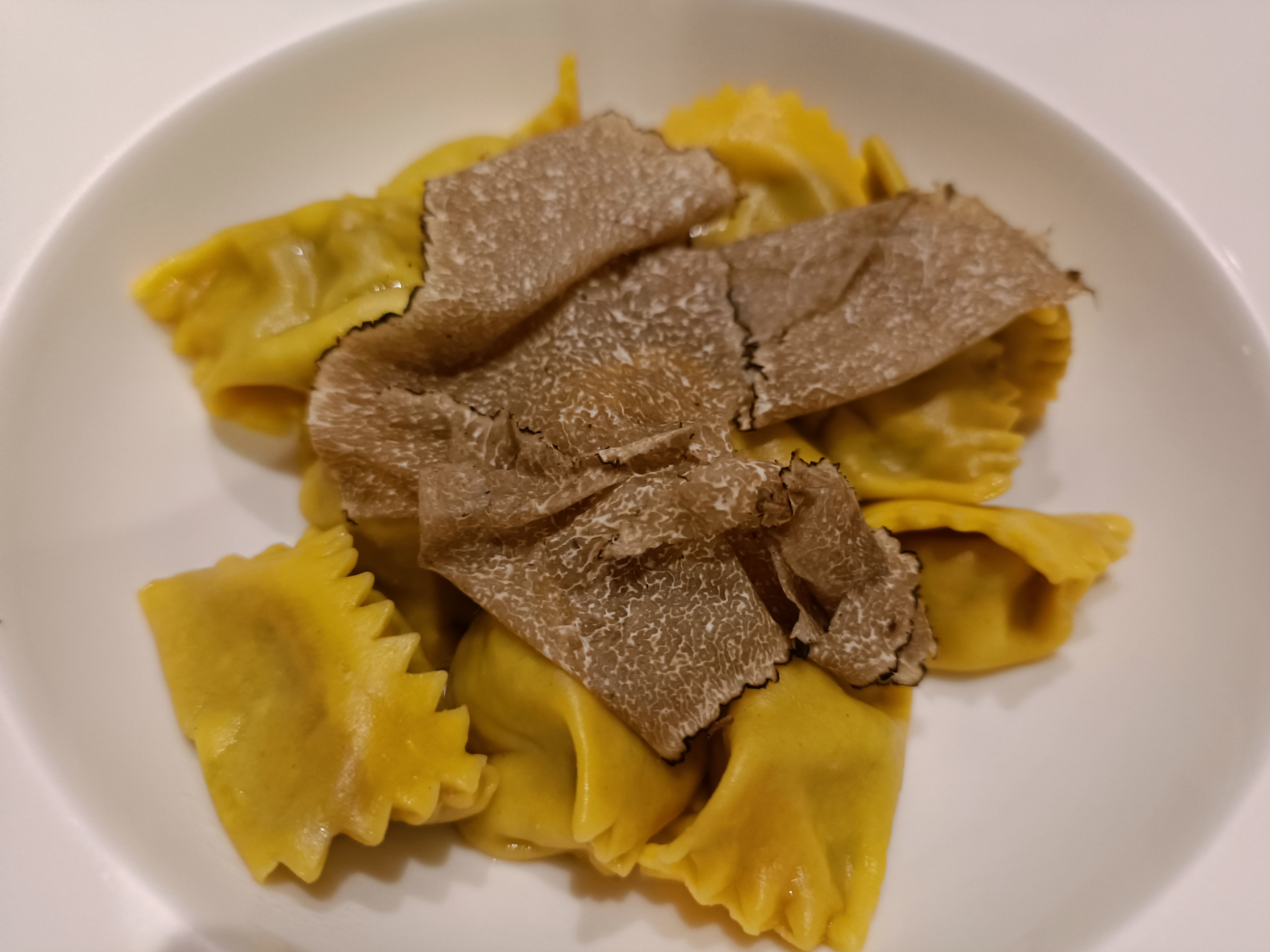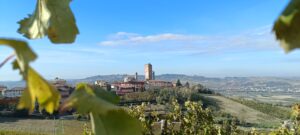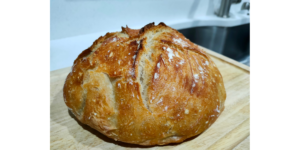What is a Truffle? My very first taste of a truffle was over 25 years ago. I can still remember the pungent aromas that filled my nose with a hedonistic, alluring ecstasy. I was hooked at first whiff never mind the first bite. All of these years later, I am still fascinated and enamored with these wonderful, mystical all-natural creations.

FACT: Truffles are a type of mushroom
A truffle is a type of mushroom that forms underground and lives in symbiosis with plants and many types of tree roots. The meeting between them unfortunately is about as blind and random as winning the lottery. How does it happen? Pure chance! The tree roots wrap around the truffle in order to understand one other and exchange molecular and nutritious signals.
It takes a long period of time, sometimes months or even years, to form the symbiosis and have an equilibrium. The creation is also dependent upon the environment feeding the roots and mushroom with the right amount of water and correct temperature to produce a truffle.
If all of these things manage to come together, a Tuber Magnatum is born (commonly referred to as the truffle). This entire process happens subterraneous and the morphogenesis is mysterious, some might even claim it to be mythical. Side note: the most famous and highest quality white truffles come from the Barolo producing area of Italy.

The spores of the mushroom, which almost seem to have little golden crowns, are invisible as they are still underground in hiding. The truffle is a living organism; a recent analysis of its genome shows that it contains over 9,000 different genes. At this point, the genes controlling the truffle’s odor metabolism are getting ready to be put into function. The truffle itself contains over 200 different odorous molecules and now are about to announce themselves to the world in emphatic, but alluring fashion.
An unlikely creation
This entire process reads like a fairytale yet is in alignment with Darwin’s evolution of a species. How can a truffle that is in hiding underground spread and perpetuate its posterity, only through the usage of its spores?
It is a fact that the survival of a species depends on how much it can spread and procreate, but how can the truffle do this against all odds of nature, without any farming or human intervention? A truffle’s aroma reads like a chef’s wish list of smells from a kitchen – a mixture of spices, garlic and honey.
These natural aromas attract wild animals like boars, squirrels, and mice who each help to procreate the species in their own biological way. The spores are spread around in the process of them digging it up and the very act of them eating it sheds behind a few tiny spores to spread in the earth. It’s all a part of nature’s perfect balance.
In part two, I’ll share how to determine a high quality truffle, explain the different species, and share some great plates to shave truffles over along with wine pairings. I currently reside in Barolo, Piedmont where I was knighted for my contributions to Italian food & wine of the region. For over 20 years, I have been operating restaurants and writing or educating others about food and wine. Truffles happen to be a HUGE part of the culture in the Barolo area. You can discover all of this on one of my BackToBarolo curated foodie wine tours




